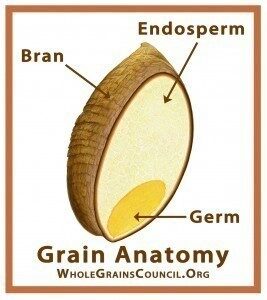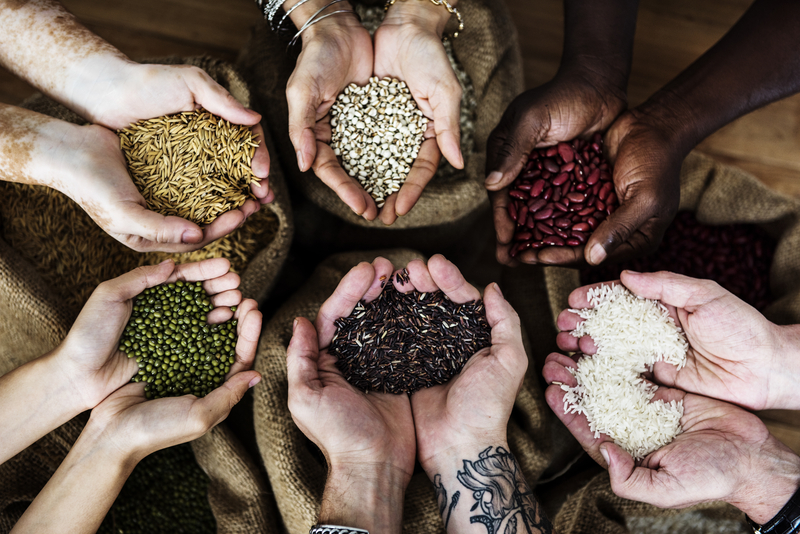Whole grains have become a hot topic in recent years due to their health benefits. In fact, a recent nutrition guide released by the USDA recommends that at least half of the grains you consume are whole grains. What does the term whole grain mean, and what exactly are whole grain foods?
A grain is a whole grain if it contains the three key parts of a seed: the bran, germ and endosperm. In other words, whole grains have not had key nutrients stripped away in the manufacturing process. All grains start out whole, but to extend shelf life, some grains are milled and processed, causing them to lose one or more of their original parts.

So, what is so special about whole grains? Whole grains are full of heart-healthy soluble fibers that control appetite and regulate both blood pressure and cholesterol levels. The fiber content allows your body to digest and take its time turning whole grains into usable energy. In contrast, refined grains have been stripped of that fiber and digest quickly, causing your blood sugar to spike much faster.
White rice, for example, is stripped of the bran and germ. This is problematic because 25% of the protein and nutrients live there! By consuming products like rice, pasta, flour and bread in their non-whole grain form, you are missing out on key nutrients and disserving your body.
Additionally, whole grains are a healthy complex carbohydrate — the body’s key source of energy. See the chart below for a breakdown of the health benefits of whole grains.

Whole grains are delicious and nutritious, and there are many ways to incorporate them into your diet. Here are a few whole grains to try:
- Brown rice
- Quinoa
- Barley
- Farro
- Oats/Oatmeal
- Teff
- Sorghum
- Buckwheat
- Bulgar
- Corn
- Whole wheat flour
- 100% whole grain bread
- 100% whole wheat bread
- 100% whole rye bread/pumpernickel
- 100% whole wheat pasta
To make sure you are purchasing 100% whole grain foods at the grocery store, search the packaging for the yellow 100% whole grain stamp and following phrases:

- Stone ground whole grain
- 100% whole grain
- 100% whole wheat
Please note: Items are often marketed as “made with whole grains,” “whole wheat” or “multigrain” when, in reality, they only contain a small amount of whole wheat. Be a detective! Look for that 100% indicator.
Making the switch to whole grains is a simple way to maximize your nutrition and reap countless health benefits. Bon appétit!
By: Megan Petriello

